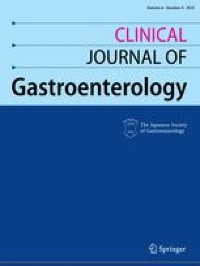Abstract
Normal-hearing (NH) listeners use frequency cues, such as fundamental frequency (voice pitch), to segregate sounds into discrete auditory streams. However, many hearing-impaired (HI) individuals have abnormally broad binaural pitch fusion which leads to fusion and averaging of the original monaural pitches into the same stream instead of segregating the two streams (Oh and Reiss, 2017) and may similarly lead to fusion and averaging of speech streams across ears. In this study, using dichotic speech stimuli, we examined the relationship between speech fusion and vowel identification. Dichotic vowel perception was measured in NH and HI listeners, with across-ear fundamental frequency differences varied. Synthetic vowels /i/, /u/, /a/, and /ae/ were generated with three fundamental frequencies (F0) of 106.9, 151.2, and 201.8 Hz and presented dichotically through headphones. For HI listeners, stimuli were shaped according to NAL- NL2 prescriptive targets. Although the dichotic vowels presented were always different across ears, listeners were not informed that there were no single vowel trials and could identify one vowel or two different vowels on each trial. When there was no F0 difference between the ears, both NH and HI listeners were more likely to fuse the vowels and identify only one vowel. As ΔF0 increased, NH listeners increased the percentage of two-vowel responses, but HI listeners were more likely to continue to fuse vowels even with large ΔF0. Binaural tone fusion range was significantly correlated with vowel fusion rates in both NH and HI listeners. Confusion patterns with dichotic vowels differed from those seen with concurrent monaural vowels, suggesting different mechanisms behind the errors. Together, the findings suggest that broad fusion leads to spectral blending across ears, even for different ΔF0, and ma y hinder the stream segregation and understanding of speech in the presence of competing talkers.




